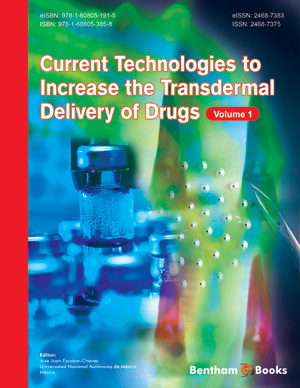Abstract
Drug delivery and pharmacokinetics have remained important components of therapeutic and biomedical practice for many decades. In recent time, the world has witnessed rapid progress in developments of different drug delivery protocols, especially as it regards the use of degradable biopolymers. This became a viable research and economic venture with parallel progress in inter-related fields of biomaterial science, biotechnology, nanotechnology and pharmacology. Recent advances in material science, biomaterial development and tissue engineering are changing the face of medicine in the present age. Biopolymers and drug delivery systems offer the “ideal” conceptual framework for improving the efficacy of existing drug formulations and developing new treatments. Interestingly, there are extensive researches so far carried out in the area of biodegradable materials for controlled release of drug which circumvents the need for removal of non-degradable drug-depleted devices. Many biodegradable polymers have been evaluated for their suitability as matrix for drugs, including polyesters, polycarbonates, natural and synthetic polyamides, phosphate esters, polyphosphazenes and polyanhydrides. Current and novel drug delivery approaches involve the application of these polymers in a variety of devices, including biodegradable polymer shape-memory polymers, targeted nanoparticle conjugates and miniaturized drug delivery devices. These approaches have greatly improved the delivery of drugs to target sites that would have been ordinarily impossible by conventional therapeutic routes. In this chapter, we will discus some key recent and relevant advances in the use of biopolymers for drug delivery. Thereafter, the challenges still ahead will be presented. In all, biopolymers promise rewarding prospects for the world in this 21st century and beyond.






















